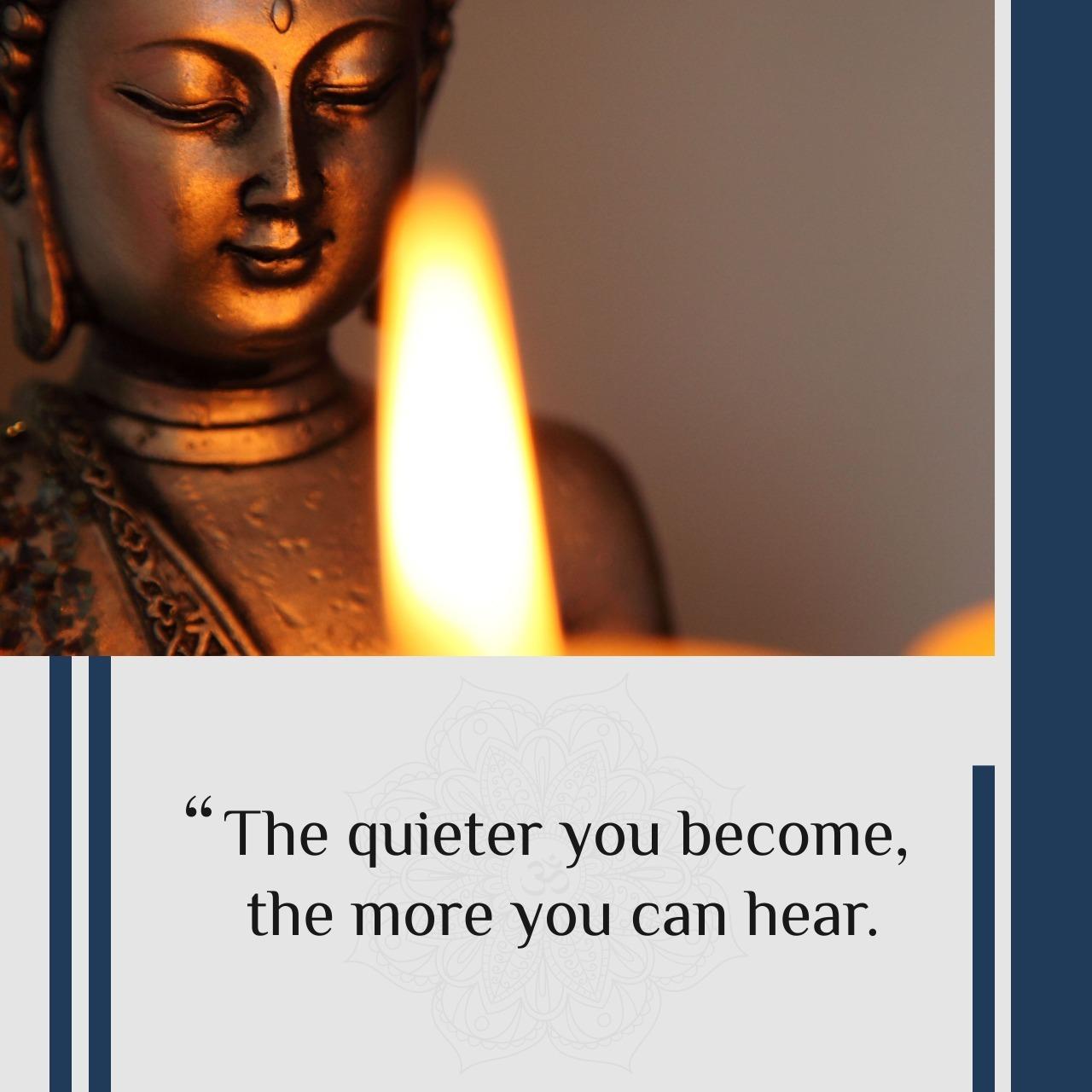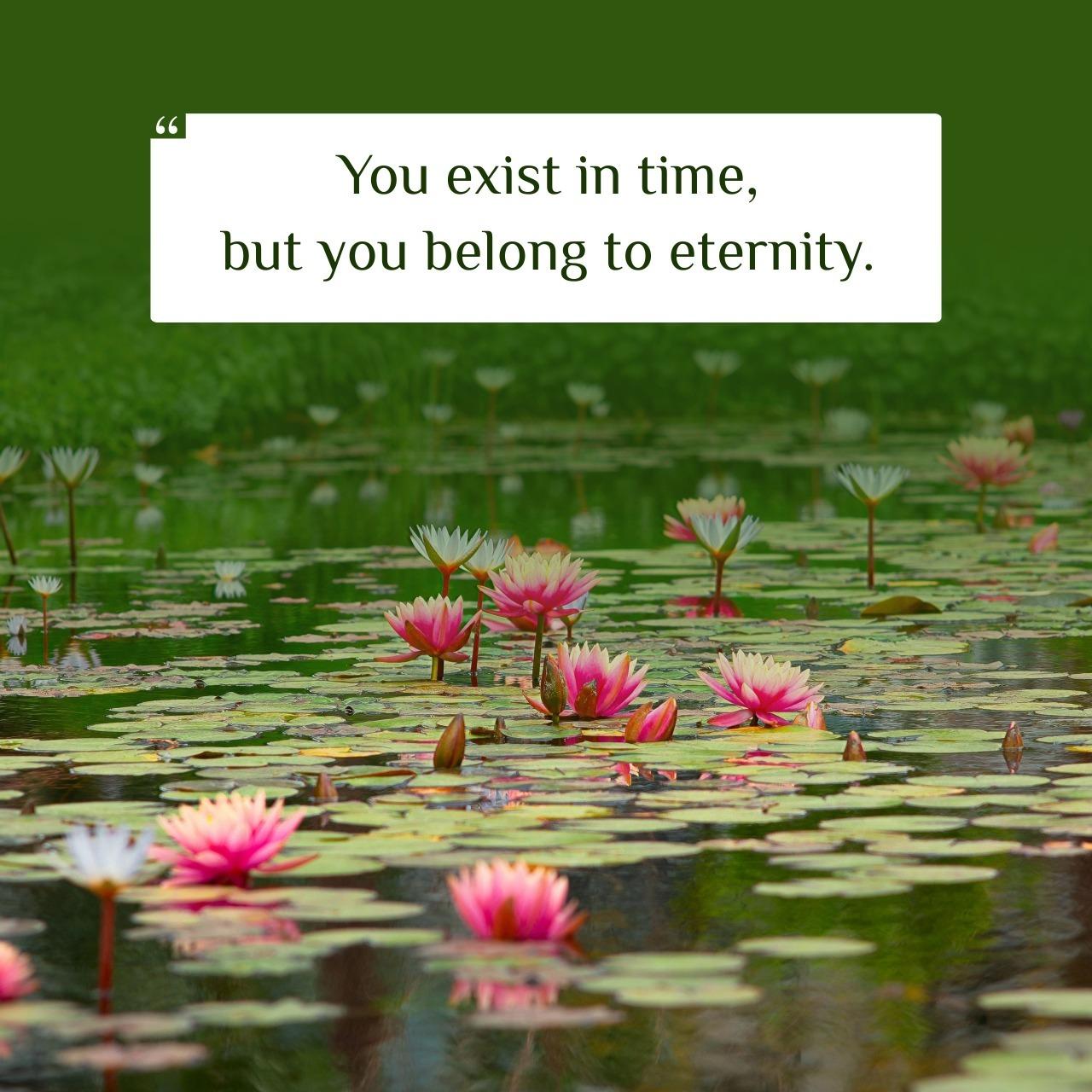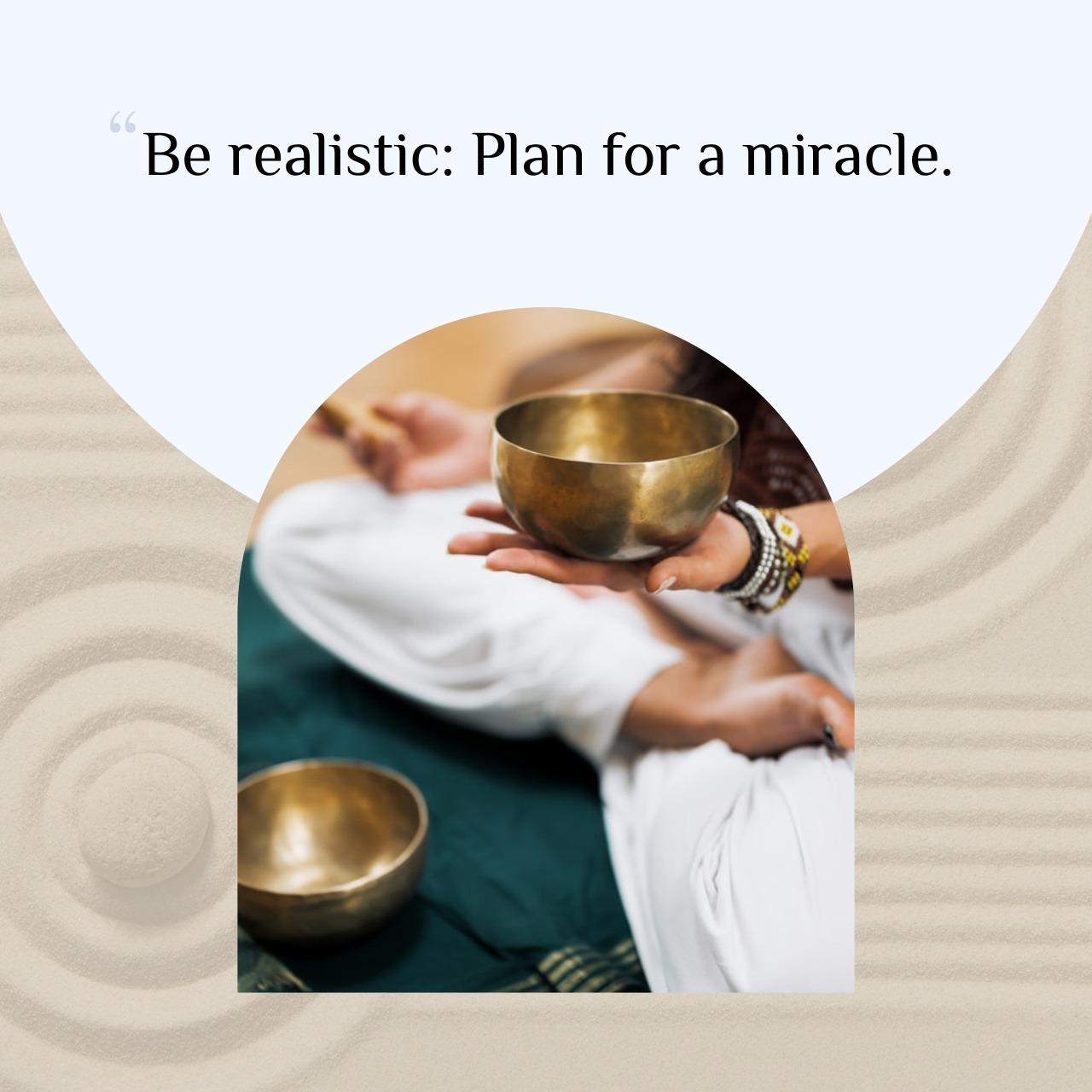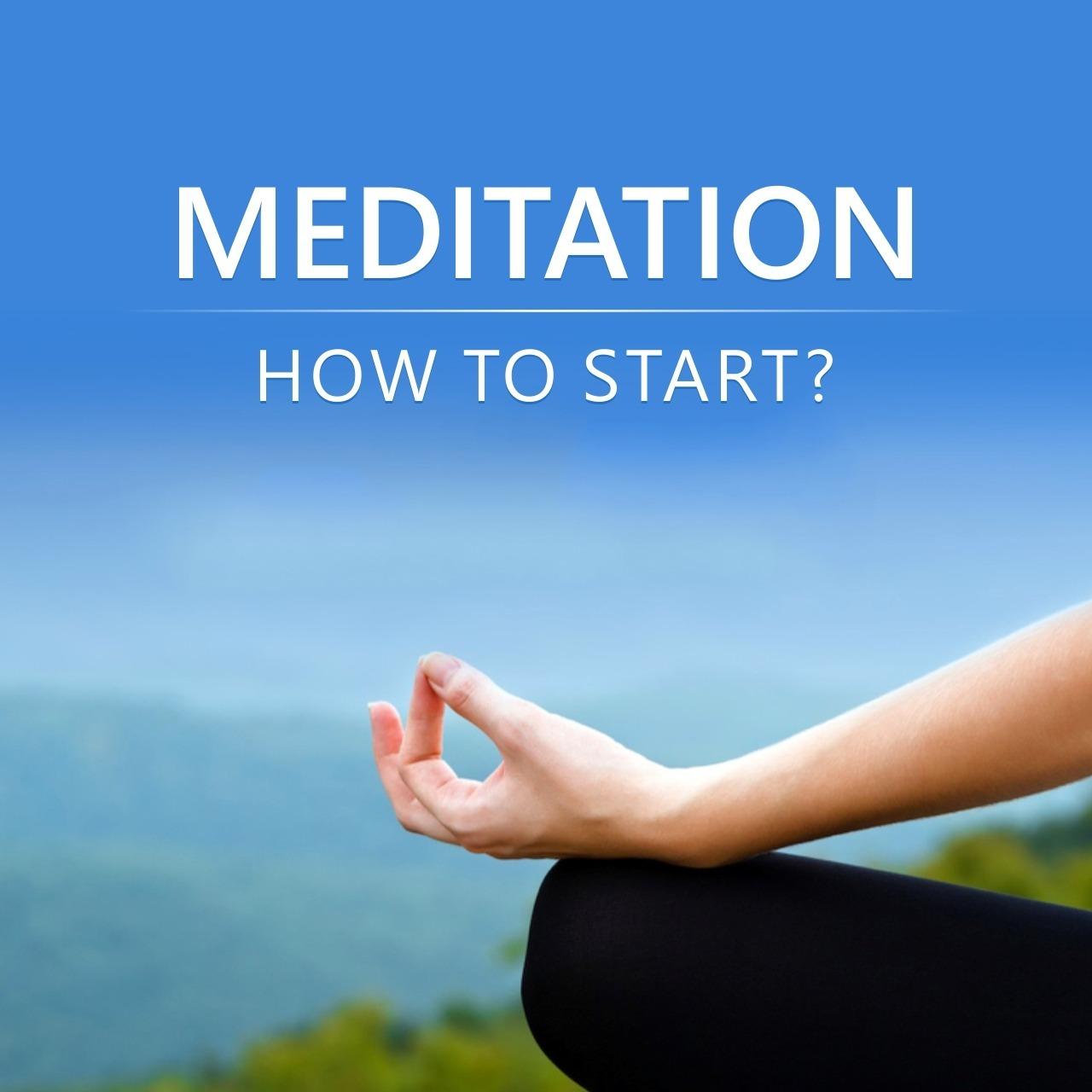HOW TO START MEDITATION?
&
HOW TO MEDITATE?
A Step-by-Step Guide

Are you new to meditation?
IWhen one starts thinking of meditation and its benefits, the common questions which come up are,
How to start meditation?
How to do meditation?
How to experience meditation?
How to stop my chattering mind?
Meditation not only frees us from stress, tensions, anxiety, and restlessness. Meditation opens doors to experience deeper balance, peace, silence, unconditional joy, love, and freedom in our life. Whatever may be our purpose to start meditation, it can bring a long-lasting positive and authentic effect to our life as a whole.
For a beginner, how to meditate? How to start meditation? Are the most important questions to be understood before starting a meditation practice. If you are new to meditation or a self-practitioner, this article is going to immensely help you build a solid base that will keep your meditation journey on the right track and make it easier to explore deeper. Here, I share many important practical points and tips on how to start your meditation practice at home that will open your path towards relaxation, rejuvenation, balance, joy, peace, and silence. The answers to the following question provide clarity on the science and foundations of meditation practices.
1) What is the right time for Meditation?
2) What is the right place for Meditation?
3) What is the right posture for Meditation?
4) What are the preparations for Meditation?

WHAT IS THE RIGHT TIME FOR MEDITATION?
Meditation is a practice of taking our whole attention inward, to the subtle and deeper dimensions of our life. It is a process of finding deeper balance and harmony of our body-mind through mindfulness or awareness practice. So, it should be started and practiced when your outer circumstances and inner feelings are more favorable and supportive. Simply said, the practice of meditation is a process of developing a new skill in our life that needs regular attention to grow. So, choose the best time of your day when you can give quality time to attend to yourself regularly since it requires sincerity and dedication. Be specific by choosing a fixed time that allows you to be less disturbed, distracted while having more freedom to be relaxed, at ease, and attentive to your practice.
What is the most suitable time for Meditation?
For thousands of years, experienced meditators have found that morning hours are the most suitable time to meditate. More specifically, these morning hours cover almost 5 hours before and after sunrise.

Why morning hours are most suitable for Meditation?
Firstly, the whole outer atmosphere is calm, quiet, serene, filled with high oxygen and charged particles that create favorable conditions for meditation practices as compared to other times of the day or night. This gives an extra push to a meditator to go inside and find inner calmness, quietness, deep harmony, and balance of body, mind, and heart.
Second, morning hours are the best time to prepare ourselves for the entire day’s activities ahead, this allows us to stay more relaxed, at ease, mindful and Equanimeous while dealing with the challenging situations of a day.
Third, during the transition period of day to night and night to day, the entire Mother Nature that includes all the beings move into a great shift of consciousness. These transition periods of morning and evening are called Sandhya Kala, the Twilight Hours, and have great significance to bring our attention to our inner self. Similarly, sunset hours are the next suitable time to shed off all the stress, tensions, anxiety, and restlessness of the whole day and come back to our center of consciousness by moving into a state of deep relaxation, restfulness, and awareness.
Lastly, after a whole night’s rest, during the morning hours, our body-mind is prepared to eliminate the wastes, toxins, stress to stay healthy and fit. Our body secretes vital hormones that help to maintain homeostasis and function better throughout the day.
WHAT IS THE RIGHT PLACE FOR THE MEDITATION?
Choosing the right place for meditation contributes a lot towards the regularity of meditation. It is best to find a place with the least disturbance, has a more natural ambiance, and less pollution. If you cannot find such a place, it is better to close your door and practice meditation in your room. If it is possible, find a special room for meditation in your house. Even a small corner space is enough but that place should be used only for meditation.
Why a specific place for meditation is needed? Each activity creates its vibration and energy. If you continue your meditation practice in one place for a long time, that place absorbs that meditative energy of peace, silence, and joy. This accumulated meditative energy of silence and peace will fall back on you when you return to meditate the next day. Once you become mature in meditation you can meditate anywhere, you can even meditate in the middle of a marketplace. But in the beginning, it is best and useful to choose one place for regular meditation.

Right POSTURES FOR MEDITATION
The posture is one of the fundamental aspects of meditation for beginners. Before starting the practice of meditation, it is very essential to understand the yogic science and psychology behind meditation postures. Let’s try to understand the postural aspects of meditation by exploring the step-by-step details of the following questions:
What is the Right Posture of Meditation?
There is no such specific posture that has to be followed strictly. Though many meditative sitting postures are being outlined by yogis in many hatha yoga texts which are more or less followed as ideal posture for meditation, the right posture for meditation should not be confined to one particular position only. The posture for meditation can differ from person to person according to their suitability, comfort, and alignment of energy. In a true sense, everybody has to find their meditative posture through their regular practice. Though in ancient times most of the meditators were using the sitting meditative posture for a specific reason, few ancient and contemporary meditation masters prefer to meditate in standing or lying down position as well.
While adopting a sitting meditative posture, one can sit on the floor, on a cushion, on a chair, or on any surface that makes one comfortable and relaxed. Nevertheless, few basic points regarding meditation posture should be kept in mind, they are; the stability of the body, erectness of the spine, comfort, and relaxedness of the body. Even though the upright sitting position is more preferred for meditation practice compared to others as it allows the body to stay more comfortable and relaxed with better energy flow which helps the mind to stay more alert and attentive, meditation for beginners or the modern age in general, having a lot of tensions, stress, restlessness, and uneasiness in body-mind, the standing position or lying down will be easier for meditation and mindfulness practices.
Why Meditative Postures should be Silent, Stable?
The prime purpose of meditation practice is to calm the thought process and still the mind. To find the stillness of the mind, it is necessary to have the stillness of the body for a comfortable period. When our body is calm, quiet, and silent, it allows the breath to calm down and become slow, rhythmic, and regular. Once the breath becomes slow and rhythmic, it directly influences the thought process to slow down, leading to a silent state. Keeping the body stable and silent is necessary to silence the mind and experience the state of meditation. It is immaterial whether you are sitting on the floor or sitting on the chair or adopting any posture with the help of props.
In any meditation posture, the spine should be erect in its natural curvature, shoulders and arms should be relaxed and loose, head and neck in one line, the entire face, eyes, mouth, and jaws should remain loose, relaxed, and restful. Your whole body, from the head to toes should remain relaxed, loose, and comfortable during your entire practice.
WHAT ARE THE PREPARATIONS FOR MEDITATION?
When we talk about how to start meditation or how to meditate, preparation before and during meditation practice play important role understand and experience meditation rightly. We will discuss the preparation for meditation in two major parts as follows:
Preparations before starting Meditation practice:
Before entering your meditation place to start mediation practice, few preparatory points will greatly help for your uninterrupted meditation practices and deeper experience.
When you enter your meditation area,

Preparations & Mindfulness during Meditation:
For a practitioner who wants to grow sincerely in meditation, here are some practical points and tips to accelerate the experience of mediation
Start Your Meditation Journey with Active Practices
In this contemporary age, most of our time during the day is spent in the seated posture, majority of the activities are done by machines and our daily activities highly depend on mental work which brings great imbalance to our body, mind, and emotions.
So, it is wise and more practical to start your meditation journey with active practices that can easily purify and balance your body, mind, and emotions by releasing accumulated tensions, stress, restlessness, anxieties, and toxins. Silent sitting for a comfortable long time in a relaxed way is only possible when our body and mind are purified, balanced and the energies find their free flow within. The old concept of silent sitting meditation which was popular in ancient times is no longer suitable for a beginner to meditate at this modern time where we are living in a different environment and mindset.
Why start Meditation with active practice?
In this modern civilized intellectual world, we give too much importance to our mind and mental activities, this builds up as accumulated stresses, tensions, anxieties, and restlessness. At the same time, we give too little space to our body and feelings which leads us to suppressions and repressions of our emotions, feelings, and body movements. These suppressive energies turn into many chronic psychosomatic diseases. In addition to this, most of the physical activities are replaced by machines and we perform most of our daily activities in sitting position. These sedentary jobs build tensions and toxins in our body which does not allow us to be in healthy and restful states. For these reasons, it is best to start your meditation practice with an active one, which involves body movement and active breathing. For example, asana practice, pranayama practice, mantra, kirtan, or any special form of yogic practice that can easily open up our body, mind, expand our energy and release the deep-rooted tensions and stresses by using active body and breath movements.
It is best to begin your active practices from where you can feel more comfortable and easier to start. For a beginner, it is highly recommended to start a practice with something active, something alive, something free flow and moving. Otherwise, from the very beginning, you will start to feel many disturbances in the body-mind and struggle to experience meditation. With regular practice, one can eventually move into passive types of meditation practices easily, like, silent sitting in closed eyes, watching, observing nature, breath, thoughts, and body sensations.
Nowadays, we find many meditation apps readily available that offer guided meditation practices, they can help a practitioner to feel some relaxation and silence of the mind to a certain extent, but it cannot help much to go deeper if we are holding high complexities in our body-mind-heart. The ancient concept of silent sitting meditation or guided meditation practices is no more useful in this contemporary age to help modern man to experience meditation at its depth and dimensions.
Start meditation practice with a playful attitude
Start your meditation practice with a relaxed and playful attitude. Move into your practice with a mindset of experimenting in a playful way, not with an expectation or desire to experience something special or desiring to repeat the same experience.
When we expect something from our meditation practice, we miss the whole point from the very beginning because the desire and expectation will get us hooked on the result and will create more thoughts that will never allow us to transcend the mind and enter into meditation. Focus your entire energy on the practice itself by giving your totality to the practice of mindfulness with innocence and joy.
Be patient
Remember, while starting a meditation practice, do not be in a hurry. Be patient and accept the present state and happenings. Meditation is a practice to stay relaxed and restful, at the same time to remain mindful, alert, and aware.
It should not be done in a hurry or in a restless way because we delay the experience of meditation and devoid ourselves from knowing the truth. Meditation can happen only when we stay more relaxed, restful, and in a let-go state.
Do not make your meditation a goal.
Do not set goals or look for results during meditation, it will be an obstruction to experience meditation in the right way. Just enjoy yourself with the practice. Also, do not wish for repeating any meditative experience as well, this wish will turn to your thoughts which will not allow you to move into the state of meditation. Remember, results come but not by asking but by experiencing the present moment with totality.
Enjoy your moments of awareness and moments of unawareness
At the beginning of your meditation practice, you will come across very few moments of awareness, alertness, mindfulness, silence, and peace.
At the same time, while meditating you will find yourself lost in thoughts of past, future, imaginations, planning, most of the time. This is very natural for a beginner. Do not regret, feel bad, or be depressed when you find yourself lost in thoughts or become unmindful or unaware. Take it easy, just notice and be mindful that you are carried away and, again continue your practice of awareness joyfully and peacefully. Remember, many times your unawareness will also bring a deep rest within you. If you focus too much only on awareness and mindfulness moments, you will become tenser, anxious instead of becoming relaxed, restful, and joyful through your meditation practice. Always enjoy the moments of your awareness and unawareness, both are going to help you to find the peace within.
Hope the above article on how to start meditation? or how to meditate? has shared many valuable inputs to start your meditation journey and might have helped to gain lots of clarity on many important points on the subject of how to do meditation? If you are interested to learn many easy and simple meditation techniques for the beginners, please refer our blog article
SUGGESTION
It would be best, if you go for a learning the science of meditation and mindfulness from a meditation master with his direct observation. It will help you to accelerate your growth in meditation and allowing your consciousness journey to move in right direction. In this respect, Yoga Essence Rishikesh in India well-known for imparting the science of meditation, mindfulness, yoga nidra through many meditation teacher training courses, different types of meditation courses for seekers and meditation lovers, yoga nidra training, specialized yoga teacher trainings who want to learn and experience meditation, yoga and yoga nidra at its depths and dimensions. Please find below few links of our meditation courses with BODHI SATTVA, the founder and lead meditation master of Yoga Essence Ashram Rishikesh India.
- 5 Days Meditation Course for Beginners
- 14 Days Meditation Course for Stress Management
- 14 Days or 24 Days Experiential & Transformational Meditation Course
- 100 Hours Meditation Teacher Training Courses
- 200 Hours Meditation Teacher Training Courses
- 300 Hours Meditation Teacher Training Courses
- 500 Hours Meditation Teacher Training Courses
- Yoga Nidra Teacher Training Courses- Level I, II, III
- Online Meditation Course
- Online Meditation Teacher Training Courses


